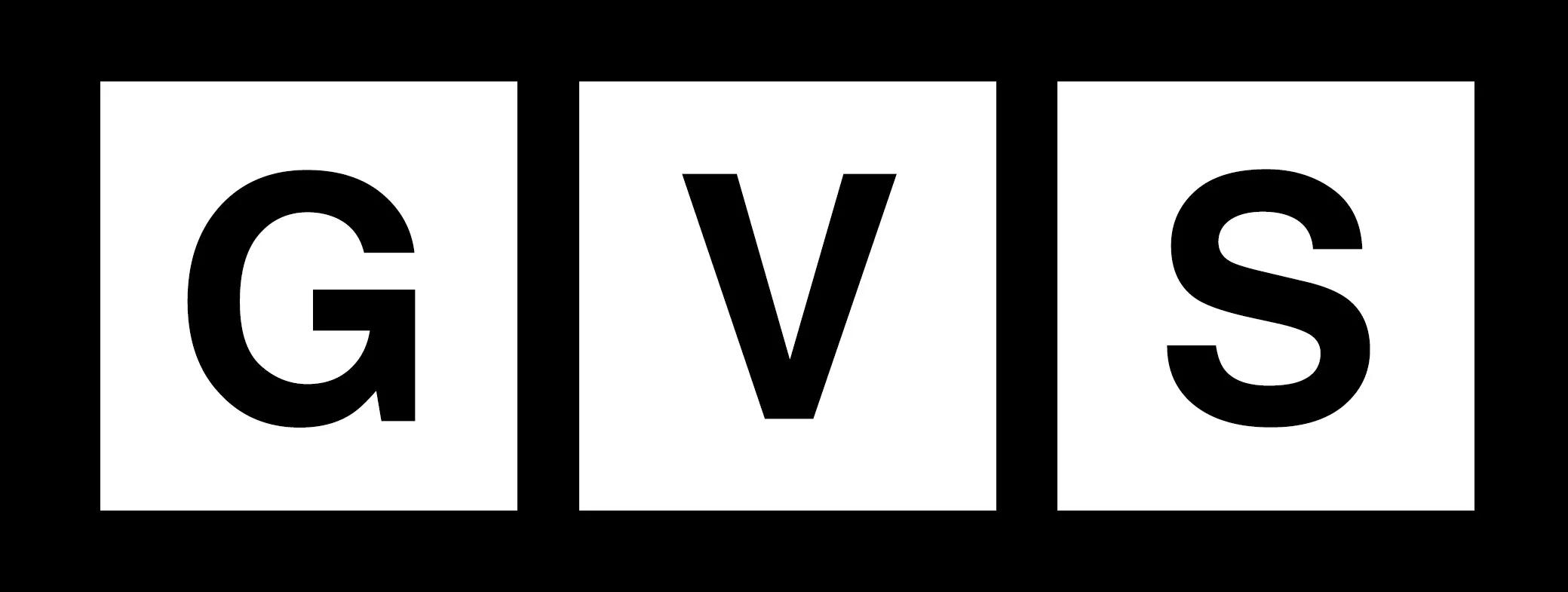On September 19, the financial landscape shifted dramatically as major stock indexes soared to unprecedented heights, ignited by the Federal Reserve’s surprising 50 basis-point interest rate cut. This bold move not only sent Wall Street into a frenzy but also sparked a broader risk-on sentiment across global markets. The Dow Jones Industrial Average closed at an all-time high of 42,025.19 points, marking a 1.26 percent increase. Meanwhile, the S&P 500 broke through the 5,700 barrier, closing at 5,713.64, a 1.70 percent rise, and the tech-heavy Nasdaq surged by 2.51 percent to reach 18,013.98 points.
The immediate aftermath of the Fed’s announcement was a whirlwind of activity. Investors, buoyed by the news, initially reacted with euphoria, only to see the market stabilize after Federal Reserve Chair Jerome Powell’s press conference. Liz Miller, president of Summit Advisors, noted, “The market zipped up immediately on the announcement yesterday, came back down when chairman Powell had his press conference and really ended the day flat. So, overnight, we got some euphoria back in. And I think it’s just the feeling and the confirmation that the Fed has pivoted.” This sentiment reflects a broader understanding among investors that the Fed is shifting its stance to support economic growth amidst a cooling job market.
The implications of this rate cut extend beyond just stock prices. Major cryptocurrencies also experienced a significant uptick, with Bitcoin climbing 5.4 percent to $63,524. The small-cap Russell 2000 Index rose by 2.1 percent, a testament to the optimism surrounding lower interest rates and their potential to reduce operating costs and enhance profitability for businesses.
Powell’s rationale for the rate cut was clear: it was a strategic move to bolster a labor market that, while showing signs of softening, remains resilient. “This decision reflects our growing confidence that, with an appropriate recalibration of our policy stance, strength in the labor market can be maintained in a context of moderate growth and inflation,” he stated. His comments underscore a critical shift in focus from inflation concerns to the potential risks of rising unemployment.
While the Fed’s decision to cut rates signals a proactive approach to economic management, it also raises questions about the future trajectory of interest rates. Powell indicated that the days of sub-2 percent rates are likely behind us, projecting a federal funds rate of 4.4 percent by the end of the year and 3.4 percent by 2025. This suggests that while the era of ultra-low mortgage rates may be over, the current rate cut is expected to alleviate some financial pressures, making borrowing more accessible.
Despite the challenges, Powell remains optimistic about the economy’s resilience. “I don’t see anything in the economy right now that suggests that the likelihood of a recession is elevated,” he asserted. This assertion is supported by recent data from the Department of Labor, which revealed that new unemployment claims dropped to a four-month low, indicating that the labor market is holding steady even in the face of rising interest rates.
However, not all analysts share Powell’s optimism. Economists at ING caution that the risks facing the U.S. economy may necessitate more aggressive rate cuts in the near future. They suggest that if the Fed acts swiftly, it could help the economy avoid a recession, similar to the successful navigation of economic challenges in the mid-1990s under former Fed Chair Alan Greenspan.
As the dust settles from this pivotal moment, investors and economists alike will be watching closely to see how these developments unfold. The interplay between interest rates, inflation, and employment will undoubtedly shape the economic landscape in the months to come, making it a critical time for stakeholders across the board. In this dynamic environment, staying informed and adaptable will be key for anyone looking to navigate the complexities of the current market.
